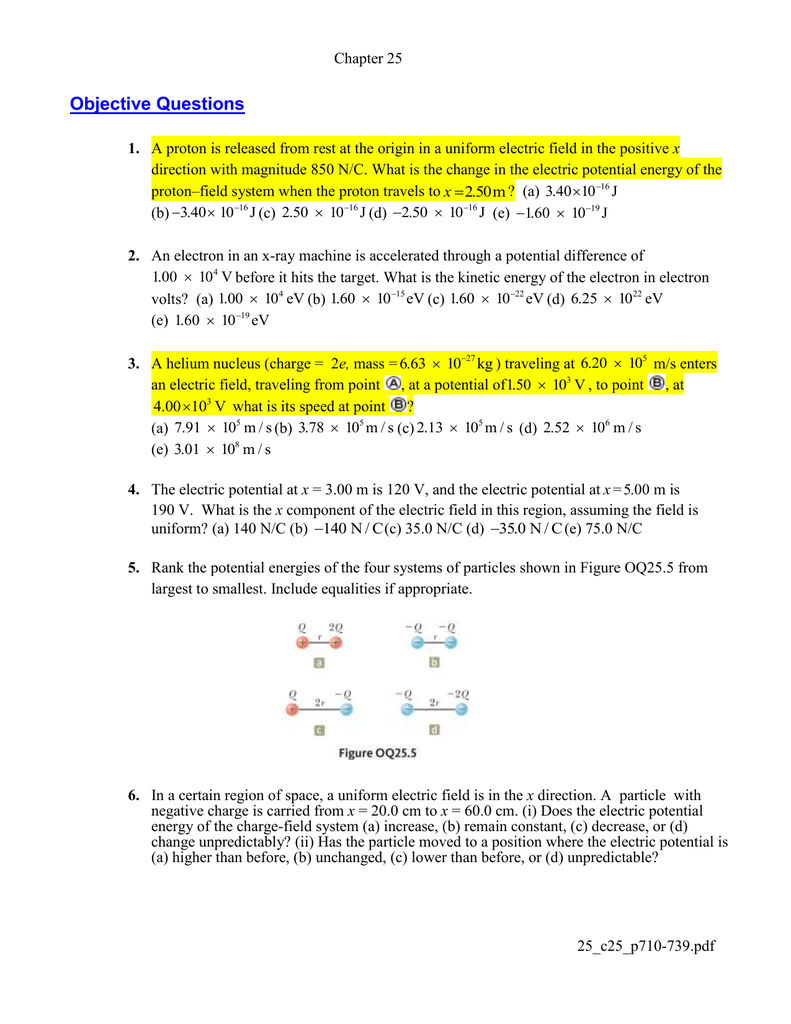

- Setting atwood helium electric setting how to#
- Setting atwood helium electric setting professional#
- Setting atwood helium electric setting free#
The technique involves the use of electricity in plenty to create an electrical arc between an electrode and the metal that’s being welded. It has steadily gained popularity since its invention because it is an easy and fast technique. Metal Inert Gas welding is one of the many types of welding techniques that uses electricity to melt and join metal pieces.
Setting atwood helium electric setting how to#
This article provides all the hints and tips on how to set-up a MIG welder and the things you should consider for great results. You also need to have a properly set-up joint. MIG welding settings are determined by the type and thickness of the metal to be welded, the gas, and the electrode or filler wire to be used in the process. You can get this information welding technician programs. Trusted Source R-Tech MIG180 Mig Welder WELDING SETTINGS CARBON STEEL – 0.6MM WIRE DIAMETER Before setting up your MIG welder, you need to do some research and make a few preparations like finding out where you can get a MIG welder setting chart Without the correct settings, you may have a difficult time achieving the best results for different tasks you take up.
Setting atwood helium electric setting professional#
Unless you are a professional welder with solid experience, or you have had some training, it is hard to know if your MIG welder is well set up for optimal performance. We may earn a commission through products purchased using links. Thanks and stay cool.Weld Zone is reader-supported. This is such an easy check though, that I think it bongs in the original reply to the OP's question.
Setting atwood helium electric setting free#
I'm no expert here so feel free to double check the accuracy of my advice. If your model is supposed to test at 60ohms but tests out at only 30 then your element probably has a problem. So know the specs for your model frige before testing. Some sources I've read say around 30 to 35 ohms is right BUT then I've read(for my model) that about 80 to 90 is correct. You'll need to look up what the reading should be for your particular model of frige/element. If you dont get an infinite reading, it doesnt mean your element is good though. If you get an infinite reading, your element is bad. Disconnect the heating element wires from the electrical board(very easy, just gently pull them off), touch a multimeter probe to the end of each of those two wires and check the ohms. Just wondering why you didnt explain the easy way to check just about any RV frige electric heating element in your reply to the OP's question? All that is needed is a multimeter and access to the two wires that come off the heating element. Unless you are comfortable replacing these items yourself, you may still have to take your RV in and have it checked out and repaired by a qualified RV Technician.ĭo you have any suggestions or comments on this topic? You can add them to this page by clicking on the "Click Here To Post Comments" link located near the bottom of this page.Įasy way to check RV fridge electric heating element My second guess is that the Refrigerator Control Board has gone bad. If you have no tripped circuit breakers then my first guess is still that the Electrical Refrigerator Heating Element has gone bad.

If the circuit breaker trips again when running on electric there is a very good chance that you have a shorted Electrical Refrigerator Heating Element. If you find a tripped circuit breaker, reset it and try running the fridge on electric again. You need to check for tripped circuit breakers in your RV's electrical compartment. When a fridge is running off of 120 volt electricity it is wired through a circuit breaker just like you have in your house. You state that you do not have any blown fuses. Some older RVs had three way fridges that worked off of propane, 12 volt electricity and 120 volt electricity. I assume that your fridge is a two way fridge it either works off of propane or off of 120 volt electricity. Since you have not told me what year RV you have or the make of the refridgerator you have I am going to have assume a couple of things here. I can’t find any shorts or blown fuses.ĪNSWER: Greetings Chris thanks for submitting your question on our Ask An RV Question Page. I was on an extended stay and after about two months of continued use my fridge stopped working on electricity, it works just fine on gas.


 0 kommentar(er)
0 kommentar(er)
